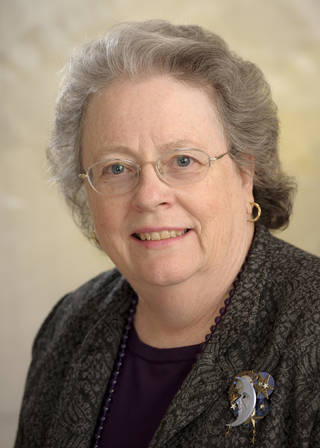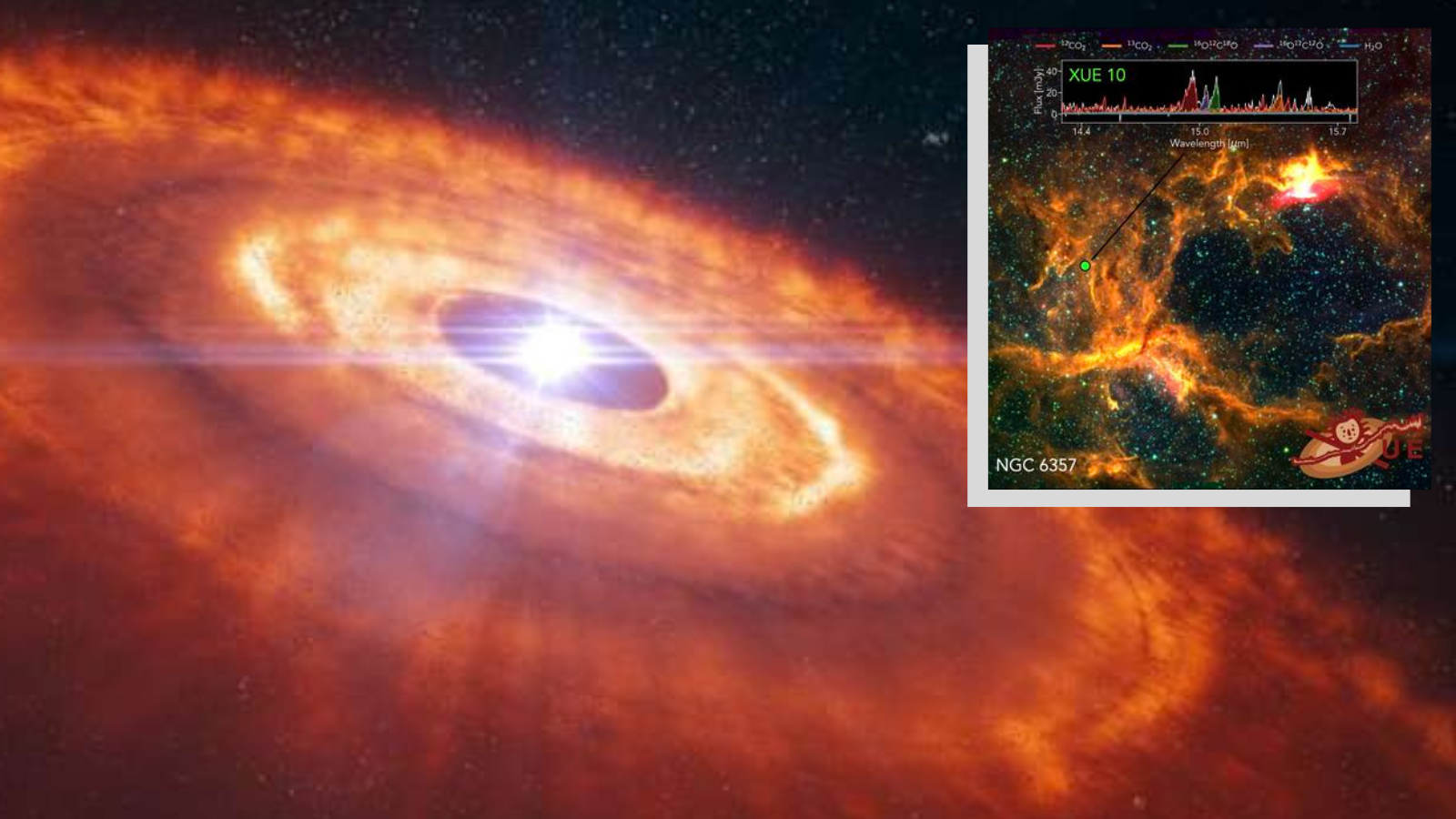How Rare Is the Earth?
Is theEarth a rare place in our galaxy, or are Earth-like planets as common as stars?Scientists do not yet have the data to answer this question, but should get itthrough NASA's upcoming Kepler Mission. Personally, I find the Kepler Missionto be inspiring. With this space mission, we're taking a big step on the questto understand our place in the universe.
It's beenabout four centuries since Copernicus, Kepler and Galileo began to displace theEarth from the center of the universe. Less than one hundred years ago, wediscovered that the sun was not near the center either, and that the Milky Way galaxy was just one of billions of galaxies and that the universe has no center. We've come along way on our quest, and now the Kepler Mission will search for hard evidenceof other Earths. We don't know whether to expect that Earth is rare or common.
What do youthink about the search for extrasolar planets? NASA'sKepler Mission team would like to know, and so would the Smithsonian Airand Space Museum. On the Kepler Mission "Names in Space" web page, you areinvited to submit a short statement (up to 500 words) about the Kepler Missionand its search for other Earths. We'd like to hear your opinion about thesignificance of this project and its search. You are also invited to submityour name, city, state and country. Once registered, you will be able todownload a Kepler Mission certificate of participation from the website. (No SPAM: Email addresses are NOT collected.)
The namesand statements of all participants will be burned onto a DVD, and launched intospace on board the Kepler spacecraft next spring. The information willalso be provided to the Smithsonian Air and Space Museum as a historicaldocument of public opinion about the mission and space exploration.
There's adeadline to get on board: November 1, 2008.
What do weknow today? Astronomers have discovered more than 300 planets orbiting nearbystars, some in multiple planet systems. The number rises each week, and you caninstall a handy widget on your desktop to keep you informed about the latest extrasolar planet count,courtesy of JPL's PlanetQuest program. So far, giant planets dominate the listof discoveries because they can be found using ground-based telescopes. Small,Earth-sized planets are lost in the noise of the observational data. To besure, there have been recent announcements of "super-Earths"in short-period orbits, hot planets of several Earth-masses. No comfyEarth-like worlds have yet been identified.
NASA'sKepler Mission has the sensitivity and precision to discover small planets, and determine whether they are in thehabitable zone. The results will help answer the question: ?Are Earth-likeplanets rare, or common??
Breaking space news, the latest updates on rocket launches, skywatching events and more!
That's agreat question. For me it's a wonderful adventure to be a part of this mission.What about you? What's your opinion? If you are an educator, what do yourstudents think about the search for other Earths? Join us, and send your name and opinion into space.
If you'dlike more information about the Kepler Mission before tapping your keyboard toconvey your thoughts, please visit: http://Kepler.NASA.gov.
Join our Space Forums to keep talking space on the latest missions, night sky and more! And if you have a news tip, correction or comment, let us know at: community@space.com.

Edna DeVore is a science and astronomy educator and the former Director of Education and Public Outreach for the SETI Institute. She earned an undergraduate degree from the University of Pacific followed by a master's degree in instructional technology from San Jose State and a master's in astronomy from the University of Arizona. In 1992, Edna joined the SETI Institute, where she wrote features on space exploration, astrobiology and more, some of which appeared on Space.com. She was among the first principal investigators to propose projects to NASA's Office of Space Science and receive funding for educational programs. Edna went on to work on education and public outreach for NASA's Kepler space telescope and SOFIA flying telescope missions. Edna received numerous awards during her tenure at SETI, including NASA Honor Awards for her work on Kepler and SOFIA, and Aerospace Awareness Award for Women in Aerospace in 2005. Edna retired in 2013.
